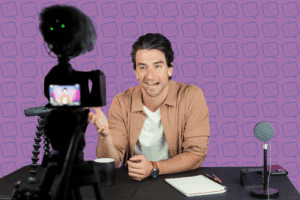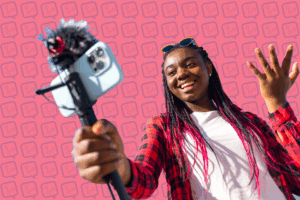Why Nintendo’s “Trickle Out” Video Content Strategy is Genius
Nintendo kicked off E3 this past year in a way that all of us can learn from as video content marketers. First, their 2016 “press conference” (as most major players in the gaming space hold a press conference) continued their new tradition of being entirely video content focused, and in this case it was live-stream video event called Nintendo Treehouse.
In addition to their conference being entirely video content (an unprecedented choice), but it was nearly all video content about a single game: Legend of Zelda: Breathe of the Wild.
The “Trickle Out” Video Content Strategy
Game companies releasing trailers and the media covering it is nothing new, but the specific “Trickle Out” strategy this Nintendo is using is new. Nintendo has realized that the strategies and tactics used by the television industry can now be migrated over to digital, and in many ways, their strategic release of content is like its own soap opera. Nintendo’s “trickle out” content strategy has formed a world of speculation, all powered by the strategic release of premium, first-party video content generated directly by Nintendo.
In the time since, Nintendo has trickled out deliberate content every so often, unlayering a little bit more of their new product, the Nintendo Switch, and their premier title, Breathe of the Wild.
Within 24 hours after the release of their latest “Life In Ruins” trailer, I counted over 57 fan made videos using the Life In Ruins trailer as material to build off. This number 57 is likely much, much higher by the time you’re reading this, and the resulting in an additional 375K+ impressions.

Converging Premium Content and User-Generated Content
A trend is now occurring which will continue to shape the video content landscape into the future. I’m calling this “Premium/UGC Content Convergence,” and much of this strategy is proven by the live-stream video site Twitch itself. On Twitch, nearly every piece of content is created by Twitch streamers building off of a pre-existing framework of content. They’re piggybacking off of the video game they’re playing, which makes creating new content much, much easier.
Now, don’t get me wrong, being a great Twitch streamer isn’t easy. But this ability to leverage pre-existing content has helped Twitch form a community of live-streams who can consistently produce new, live content for extended periods of time. It’s common for streamers to stream for blocks of 3 hours, and do multiple blocks per day.
Nintendo has followed a related content strategy by producing content and distributing it in a way that encourages others to create more content. Fan pieces are now being created to dissect the symbolism in trailers, to dissect the marketing objectives of the announcement trailers (just check out their Nintendo Switch debut trailer here).
To summarize, Nintendo isn’t just creating and distributing content, it’s providing fodder for hundreds of other creators to use to create new content. If we can take one thing away from this analysis, it’s that if you provide people the materials they need to be creative, they will create and flourish.
Have you used the “trickle out” video content strategy in your brand marketing? If so, show us some examples in the comments. I love to see how companies are innovating in this space!






